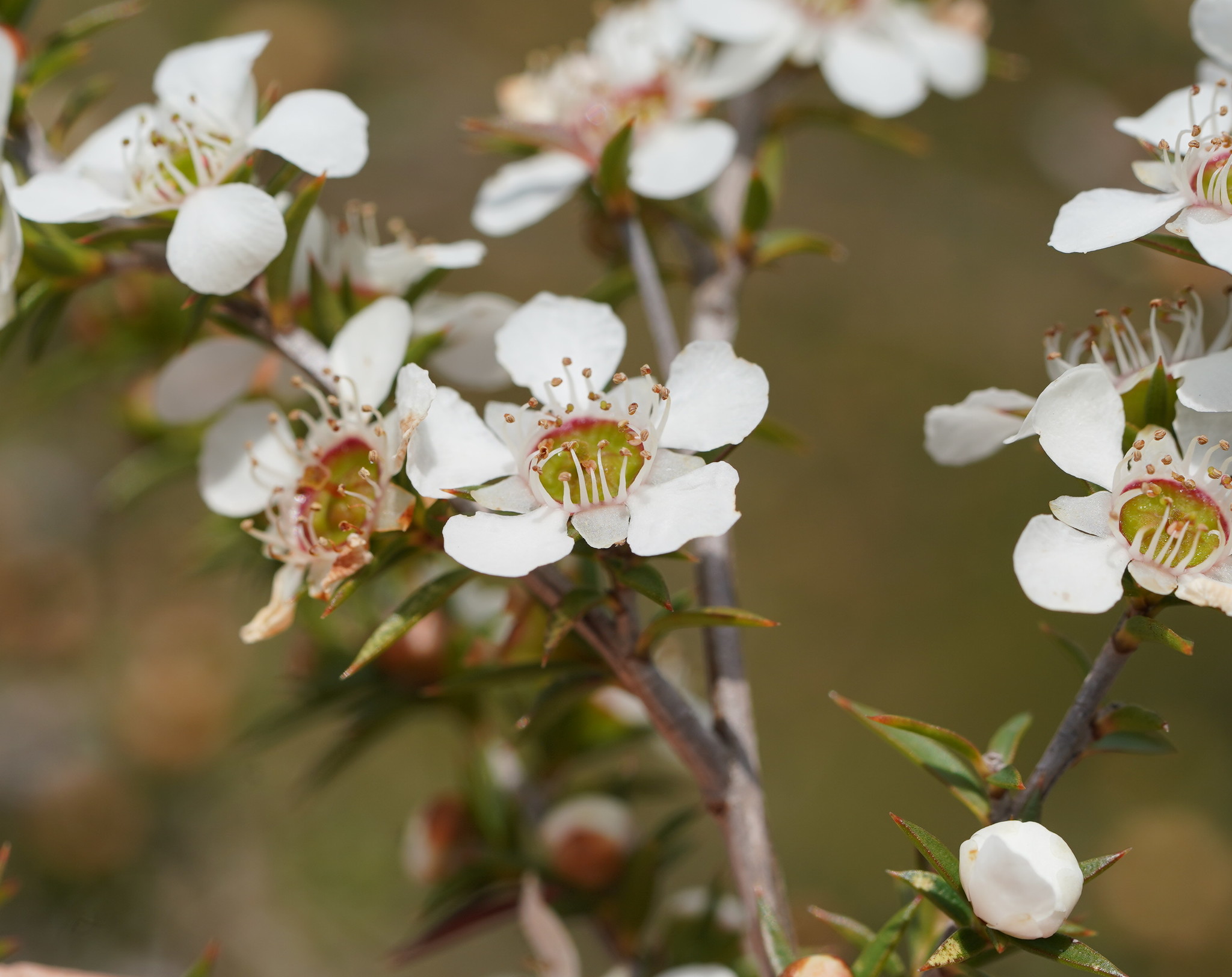Learn to grow microgreens at home, join Grow It Local +
Learn > How To
INSECTS TO THE RESCUE!

Image: Hoverfly on white flower
While some gardeners worry about insects and other critters eating their plants, I work hard to attract them to my garden. That’s because a lot of insects are helpful and attack common garden pests. Have you heard that ladybirds eat aphids? Well, there are lots of other helpful insects like lacewings, hoverflies and parasitic wasps that are really good to have around too.
So, some people might say that there are good bugs and bad bugs, but really, I think they are all good. All life contributes to healthy thriving ecosystems. I live by this belief and can prove it – last night when I picked some lettuce leaves and bought them into the house, I found a tiny slug. I carried that little slug back out to my veggie garden and left it next to my lettuces. I don’t mind a few holes in my leaves. You can eat holes.
A quote I have come across a few times which I love is…“If something is not eating your plants, then your garden is not part of the ecosystem”. I’ve tried to find out who said this, but I can’t find a reference. What I do know, is that they are absolutely right!
The trouble is that sometimes our garden ecosystem is out of balance and we end up with too many things that want to eat our food plants. If my lettuces had been covered in slugs, I might not have taken that little one back, and instead would have put it in the garden away from my food plants. But a few holes in my spinach leaves? No problems.
So how do we create a thriving garden ecosystem? A garden that attracts an army of helpers to keep your food (mostly) safe?
There is one word – DIVERSITY!
Nature thrives on diversity. Nature loves diversity. Greater diversity of plants generally equals greater garden health. The greater the diversity of plants above ground, the greater the diversity of microorganisms below ground. As many people are learning, soil microorganisms are super important for your garden’s health too, and again, the greater diversity, the healthier your soil, the healthier your plants.

Image: densely planted vegetable garden with calendula, cabbage, amaranth and more
In practice, increasing the diversity of plants can involve ‘companion planting’ – growing vegetables together that help one another like basil and tomatoes. However, I like to go for as much diversity as possible. I always have lots of flowers like alyssum planted in and around my veggie beds as it flowers for most of the year, attracting all sorts of helpers.

Image: alyssum
Other flowers which I find helpful include phacelia, calendula, cosmos and clover. I also grow lots of herbs around the edges of my garden beds and try to minimise any empty space.

Image: phacelia
I have found that if I let some of my herbs and vegetables go to seed, the flowers attract lots of insects too – so you get seeds and helpers. Now that’s good gardening! See the photo of my carrot flower and see how many different insects you can see.
Image: carrot flower with ladybirds, hoverflies, bees and more
I recently came to understand that most of these helpful insects are native, so planting native plants can really help attract them to your garden and give them somewhere to live, ready to come to the rescue when their prey starts attacking your garden. What’s more, native plants are perennial so you only have to plant them once, they will use less water as they have adapted to our conditions and can also support other native animals too like birds and microbats. Did you know that microbats can eat up to 10,000 insects (think mosquitos) a night? Yes, please!
Some native plants that are increasingly being used in vineyards and commercial food systems to increase biodiversity, support helpful insects and keep pests like thrips and mites under control, include Christmas bush (Bursaria spinose), prickly tea-tree (Leptospermum continentale), saltbush (Atriples ssp) and wallaby grasses (Rytidosperma ssp).

Image: prickly tea tree, photo credit: Reiner Richter Record: Observations:96535163 | Occurrence record | Atlas of Living Australia (ala.org.au)
I personally wouldn’t plant these natives in my veggie beds as they will take up too much room, but I do plant them in and around my garden. So, lots of diversity including flowers in the veggie beds, and lots of diversity including natives in and around my garden as a whole. If you do this, you are more likely to attract native bees and butterflies too which can help with pollination. Native bees are more effective pollinators of tomatoes than the introduced European honey bees.
So, if you build up the plants that attract, feed, and shelter insect predators, your garden will more likely be safe from pests without you having to lift a finger. If you were to have an outbreak of aphids on your tomatoes, then you will already have ladybirds around, ready to keep them in check. Otherwise, it can take a while for the reinforcement to arrive, and for their numbers to build up enough to bring the system back into balance.

It’s important to know that stressed plants will always be more prone to insect attacks. So, having healthy plants is still important, that means all the standard needs of the plant of course need to be met, good soil, the right amount of water (not too much, not too little) and the right amount of food (don’t go over feeding your plants!). However, diverse gardens which foster diverse ecosystems are a really important part of the gardening puzzle.
Thriving ecosystems are healthy systems, which include animals and insects too!
By Nat Giffney, Green Adelaide




